Over the last two decades, ecosystem services have taken center stage in the field of conservation as a way of emphasizing that protecting nature should be about sustaining and enhancing the benefits nature provides to people. But how do we do this in practice and achieve both conservation and development goals? Can the CGIAR Research Program on Water, Land and Ecosystems (WLE) rise to the challenge?
Working towards human well-being, food and livelihood security
Today, WLE launches its Ecosystem Services and Resilience (ESR) framework for using ecosystem service and resilience concepts to improve human well-being, food and livelihood security, in agricultural landscapes. The ESR framework (pictured below) promotes ecosystem service management that delivers multi-functional agricultural landscapes; creating resilient socio-ecological systems that sustain and enhance the ecosystem services on which communities depend.
The ESR Framework illustrates intervention points in an agricultural landscape for ecosystem service management that improves the flow of ecosystem services and their benefits to people and helps communities deal with unexpected factors that impact on these flows. Numbers correspond to the five core principles underpinning the framework:
- Meeting the needs of poor people is fundamental;
- People use, modify and care for nature which provides material and immaterial benefits to their livelihoods;
- Cross-scale and cross-level interactions of ecosystem services in agricultural landscapes can be managed to positively impact development outcomes;
- Governance mechanisms are vital tools for achieving equitable access to, and provision of, ecosystem services;
- Building resilience is about enhancing the capacity of communities to sustainably develop in an uncertain world.
What do ecosystem services and resilience bring to the table?
The full ESR Framework document explains that ecosystem services are about the benefits that people receive from nature, or more precisely “the combined actions of the species and physical process in an ecosystem that perform functions of value to society” (adapted from Walker and Salt 2006). By their very nature, ecosystem services contribute to human well-being. They are also critical to agricultural production, playing a vital role in sustaining or improving livelihoods (and income) in agrarian and natural resource dependent communities.
Agricultural systems are both users and providers of ecosystem services, supplying provisioning services such as food, fibre and biofuel, and depending on many regulating services such as nutrient cycling, soil formation, water supply and quality, erosion control, disease and pest control and pollination services. Well-managed agricultural systems can improve the flow of these regulating services that agriculture itself depends on, and contribute to the provision of habitat services and cultural services.
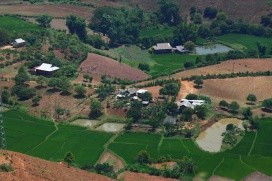 Mountainous agricultural landscape in Son la Province in Northwestern Vietnam. Photo: Bioversity International/L.Sebastian
Mountainous agricultural landscape in Son la Province in Northwestern Vietnam. Photo: Bioversity International/L.Sebastian
The ESR framework seeks ecosystem service management that ensures an overall net positive effect on the provision of ecosystem services both to and from agriculture and facilitates the equitable distribution of benefits to people. Resilience, the ability of a system to undergo change and continue to support livelihoods, is a concept that WLE think can guide this ecosystem service management to improve outcomes for people over long time frames.
Incorporating resilience might mean, for example, ensuring that is some redundancy in the provision of critical ecosystem services – meaning there are system elements that will compensate for reductions in or loss of these services - such as by maintaining several sources of freshwater for a community or providing habitats that encourage several different kinds of crop-pollinators. Or it might mean avoiding surpassing critical thresholds of resource use, or applying adaptive ecosystem management to overcome unexpected challenges.
So, how does the ESR approach contribute to development goals?
The direct benefits to people encapsulated in the ESR Framework are three-fold:
- Delivering a sustainable supply and equitable distribution of provisioning ecosystem services that are of direct importance to human health and well-being, such as food (calorific, nutritional and cultural aspects), fibre, biofuel and freshwater;
- Reducing the risk and severity of impacts from system shocks on lives and livelihoods, notably increasing options for recovery and continued development when natural hazards occur, or during pest or disease outbreaks; and
- Creating new and alternative opportunities for income generation, including from increased and diversified food productivity, eco-tourism, payments for ecosystem service schemes, and avoided costs of technical interventions.
What’s exciting about this approach is that the end result is more resilient ecosystems, but also and most importantly improved health, well-being, food and livelihood security for people that depend on services from these ecosystems.
Putting the ESR Framework into action
What does this framework mean for WLE scientists and the communities we work with?
WLE scientists are already contributing to projects that exemplify the ESR approach. Examples include:
- Enhancing pest control services through improving habitat connectivity to support coffee farming in Costa Rica
- Rewards for water-related ecosystem services in the Cañete Basin in Peru
- Ecosystem service management to increase fish production in the wet season and enable cropping in the dry season in Bangladesh (view video here).
An ESR approach is not only about using biophysical methods to achieve development goals; indeed the ESR Framework specifies that these methods alone may not always be sufficient. It does however include management approaches that support technologies delivering ecosystem services and their benefits to people, such as conserving upstream soil to reduce sedimentation loads on dams and increase hydropower efficiency.
These approaches show great promise but the challenge is for WLE scientists to work with local farmers and other ecosystem service managers to put the ESR approach into practice to improve people’s lives and livelihoods.
Read the full Ecosystem Services and Resilience Framework
All 11 of the WLE centers contributed to the ESR Framework, in addition to many ESR core theme members; a great example of collaborative work by CGIAR and its partners.
References
Estrada-Carmona, N.; DeClerck, F.A.J. 2011. Payment for ecosystem services for energy, biodiversity conservation and poverty alleviation. In: Integrating ecology and poverty alleviation and international development efforts: A practical guide, eds., Ingram, J.C.; DeClerck, F.A.J.; Rumbaitis del Rio, C. New York: Springer.
Walker, B.; Salt, D. 2006. Resilience thinking: Sustaining ecosystems and people in a changing world. Washington, DC: Island Press.



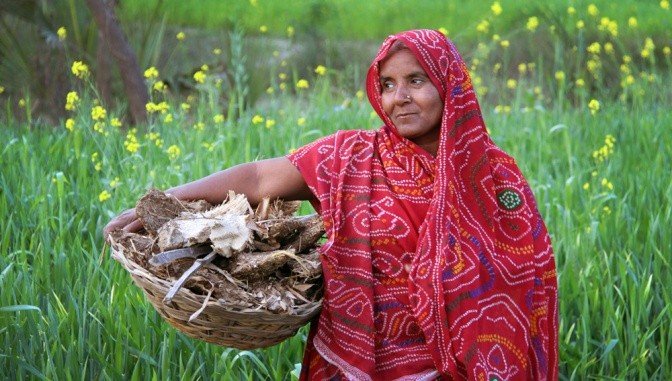
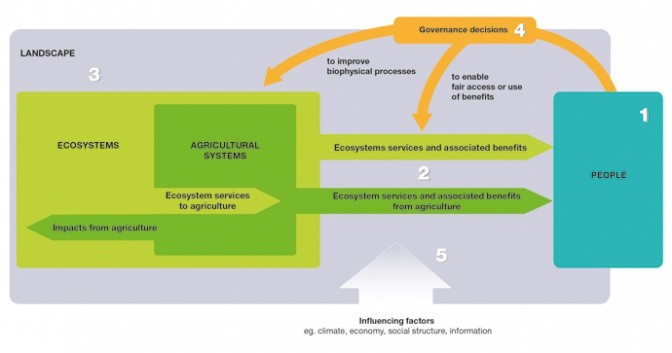
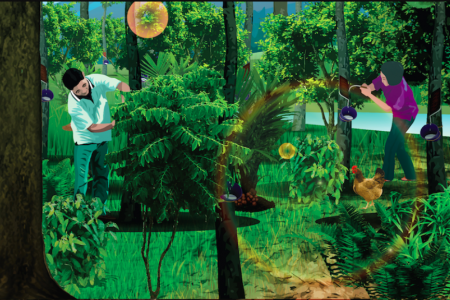








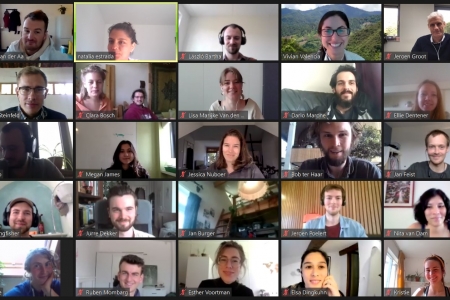



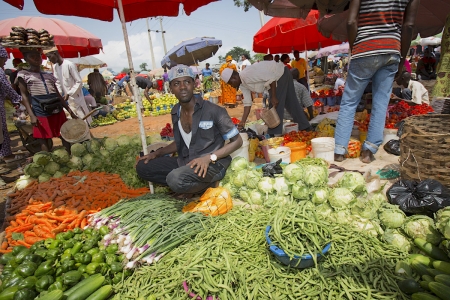


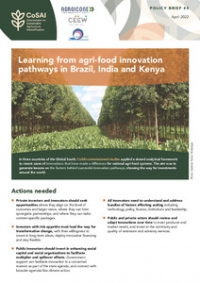
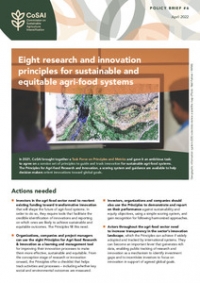
Comments
this is very important to create awareness and encourage people to do better. I want to be in touch with you for any collaborative activities.
Thank you very much for this information. This will not only help farmers improve their lives and livelihood, but also help us save mother earth. As a licensed Pest Control in Washington, DC, our ultimate goal is complete eradication of termite infestations.